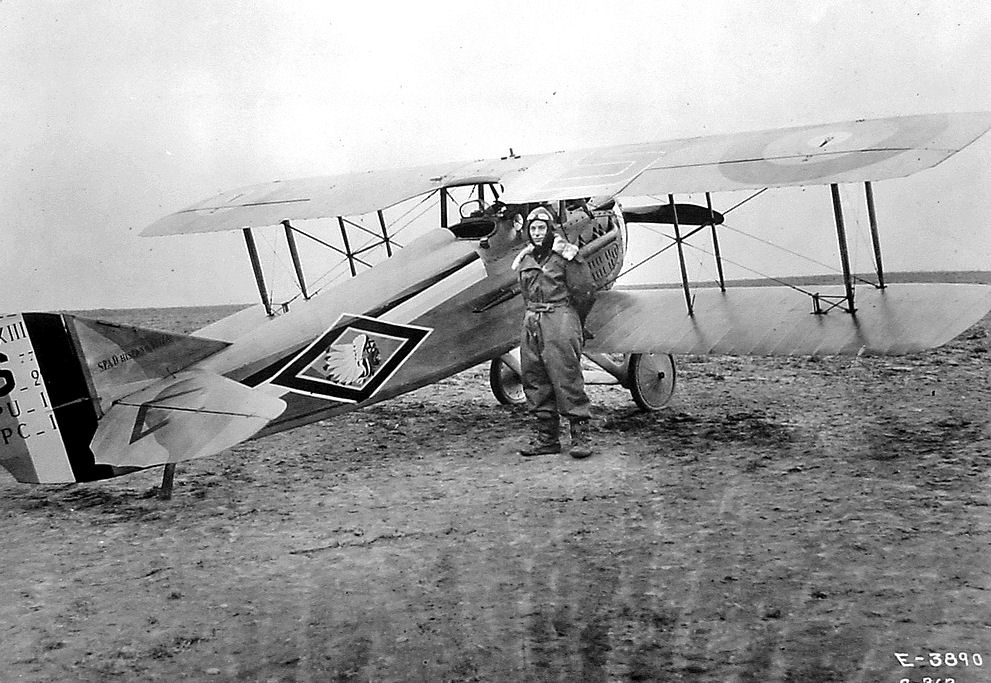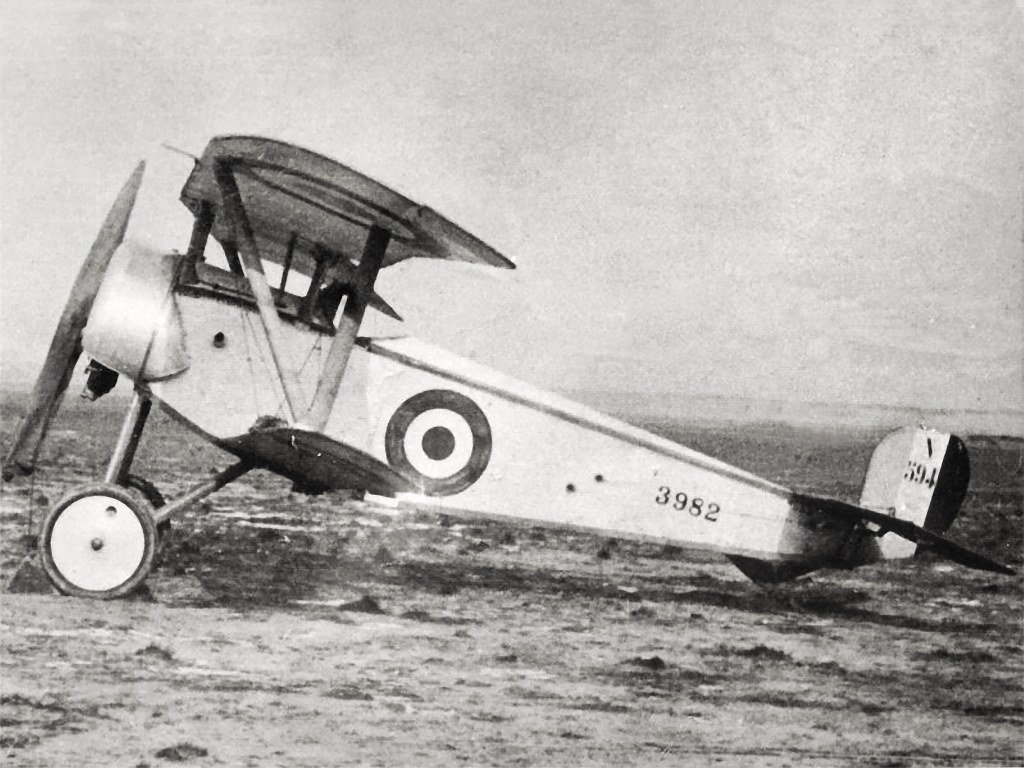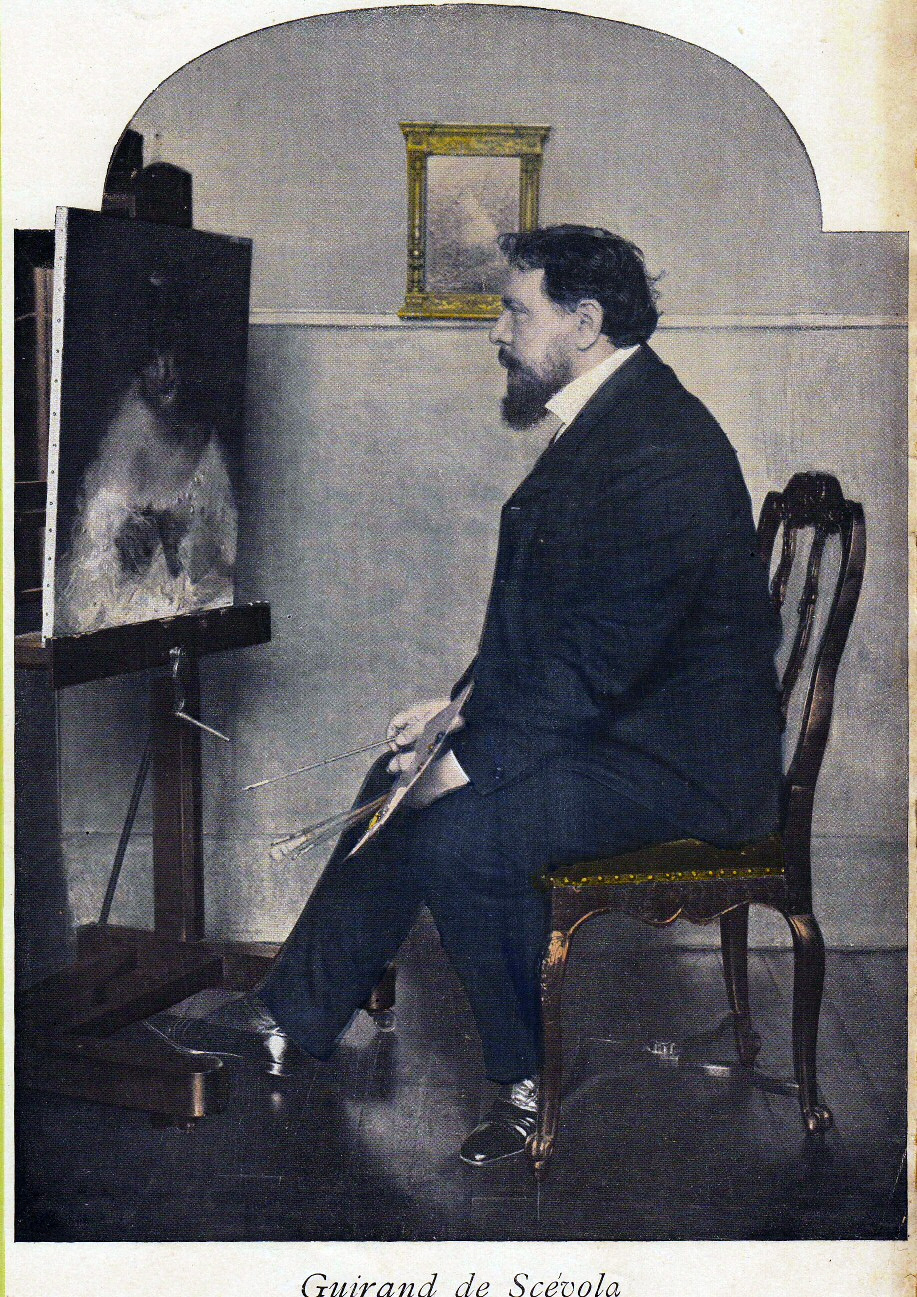|
Aircraft Camouflage
Aircraft camouflage is the use of military camouflage, camouflage on military aircraft to make them more difficult to see, whether on the ground or in the air. Given the possible backgrounds and lighting conditions, no single scheme works in every situation. A common approach has been a form of countershading, the aircraft being painted in a disruptive pattern of ground colours such as green and brown above, sky colours below. For faster and higher-flying aircraft, sky colours have sometimes been used all over, while helicopters and fixed-wing aircraft used close to the ground are often painted entirely in ground camouflage. Aircraft flying by night have often been painted black, but this actually made them appear darker than the night sky, leading to paler night camouflage schemes. There are trade-offs between camouflage and aircraft recognition markings, and between camouflage and weight. Accordingly, visible light camouflage has been dispensed with when air superiority was not ... [...More Info...] [...Related Items...] OR: [Wikipedia] [Google] [Baidu] |
A-7D Corsairs 354th TFW At Korat 1972
The LTV A-7 Corsair II is an American carrier-capable subsonic light attack aircraft designed and manufactured by Ling-Temco-Vought (LTV). The A-7 was developed during the early 1960s as replacement for the Douglas A-4 Skyhawk. Its design was derived from the Vought F-8 Crusader; in comparison with the F-8, the A-7 is both smaller and restricted to subsonic speeds, its airframe being simpler and cheaper to produce. Following a competitive bid by Vought in response to the United States Navy's (USN) ''VAL'' (Heavier-than-air, Attack, Light) requirement, an initial contract for the type was issued on 8 February 1964. Development was rapid, first flying on 26 September 1965 and entering squadron service with the USN on 1 February 1967; by the end of that year, A-7s were being deployed overseas for the Vietnam War. Initially adopted by USN, the A-7 proved attractive to other services, soon being adopted by the United States Air Force (USAF) and the Air National Guard (ANG) to repl ... [...More Info...] [...Related Items...] OR: [Wikipedia] [Google] [Baidu] |
Radar Cross-section
Radar cross-section (RCS), also called radar signature, is a measure of how detectable an object is by radar. A larger RCS indicates that an object is more easily detected. An object reflects a limited amount of radar energy back to the source. The factors that influence this include: *the material with which the target is made; *the size of the target relative to the wavelength of the illuminating radar signal; *the absolute size of the target; *the incident angle (angle at which the radar beam hits a particular portion of the target, which depends upon the shape of the target and its orientation to the radar source); *the reflected angle (angle at which the reflected beam leaves the part of the target hit; it depends upon incident angle); *the polarization of the transmitted and the received radiation with respect to the orientation of the target. While important in detecting targets, strength of emitter and distance are not factors that affect the calculation of an RCS becaus ... [...More Info...] [...Related Items...] OR: [Wikipedia] [Google] [Baidu] |
Fokker D VII SE-XVO OTT 2013 01
Fokker was a Dutch aircraft manufacturer named after its founder, Anthony Fokker. The company operated under several different names. It was founded in 1912 in Berlin, Germany, and became famous for its fighter aircraft in World War I. In 1919 the company moved its operations to the Netherlands. During its most successful period in the 1920s and 1930s, it dominated the civil aviation market. Fokker went into bankruptcy in 1996, and its operations were sold to competitors. History Fokker in Germany At age 20, while studying in Germany, Anthony Fokker built his initial aircraft, the ''Spin'' (Spider)—the first Dutch-built plane to fly in his home country. Taking advantage of better opportunities in Germany, he moved to Berlin, where in 1912, he founded his first company, Fokker Aeroplanbau, later moving to the Görries suburb just southwest of Schwerin (at ), where the current company was founded, as Fokker Aviatik GmbH, on 12 February 1912. World War I Fokker capitalized on ... [...More Info...] [...Related Items...] OR: [Wikipedia] [Google] [Baidu] |
SPAD XIII
The SPAD S.XIII is a French biplane fighter aircraft of the First World War, developed by ''Société Pour L'Aviation et ses Dérivés'' (SPAD) from the earlier and highly successful SPAD S.VII. During early 1917, the French designer Louis Béchereau, spurred by the approaching obsolescence of the S.VII, decided to develop two new fighter aircraft, the S.XII and the S.XIII, both using a powerful new geared version of the successful Hispano-Suiza 8A engine. The cannon armament of the S.XII was unpopular with most pilots, but the S.XIII proved to be one of the most capable fighters of the war, as well as one of the most-produced, with 8,472 built and orders for around 10,000 more cancelled at the Armistice.Sharpe 2000, p. 272. By the end of the First World War, the S.XIII had equipped virtually every fighter squadron of the ''Aéronautique Militaire''. In addition, the United States Army Air Service also procured the type in bulk during the conflict, and some replaced or suppl ... [...More Info...] [...Related Items...] OR: [Wikipedia] [Google] [Baidu] |
Breguet XIV
Breguet or Bréguet may refer to: * Breguet (watch), watch manufacturer **Abraham-Louis Breguet (1747–1823), Swiss watchmaker **Louis-François-Clement Breguet (1804–1883), French physicist, watchmaker, electrical and telegraph work * Bréguet Aviation, a defunct French aircraft manufacturer **Louis Charles Bréguet (1880–1955), French airplane designer * Breguet School, now known as École supérieure d'ingénieurs en électronique et électrotechnique ESIEE (previously named ''École Supérieure d'Ingénieurs en Électrotechnique et Électronique'') is a network of French graduate schools ("French Grande Ecole") composed of two graduate schools of engineering known as ESIEE Paris, ESIEE Amiens, ... (ESIEE) {{disambiguation ... [...More Info...] [...Related Items...] OR: [Wikipedia] [Google] [Baidu] |
Voisin III
The Voisin III was a French World War I two-seat pusher biplane multi-purpose aircraft developed by Voisin in 1914 as a more powerful version of the 1912 Voisin I. It is notable for being the aircraft used for the first successful shooting down of an enemy aircraft on October 5, 1914, and to have been used to equip the first dedicated bomber units, in September 1914. Design The first Voisin III was initially powered by a single Salmson M9 engine water-cooled 9 cylinder radial engine, while later examples used the similar Salmson P9 or R9. It had a range of , a top speed of and a ceiling of depending on engine and manufacturer. The pilot was ahead of the passenger, who could fire weapons, release bombs or take photos, depending on the mission. It incorporated a light steel frame structure which made it more durable when operating out of makeshift wartime military aviation airfields. Many aircraft were armed with a Hotchkiss M1914 machine gun mounted on the fuselage operated ... [...More Info...] [...Related Items...] OR: [Wikipedia] [Google] [Baidu] |
Georges Guynemer
Georges Guynemer (, 24 December 1894 – 11 September 1917 MIA) was the second highest-scoring French fighter ace with 54 victories during World War I, and a French national hero at the time of his death. Guynemer's death was a profound shock to France. Early life and military career Georges Marie Ludovic Jules Guynemer was born in Paris to a wealthy and aristocratic family. His father was Paul Guynemer. His mother, Julie Noémi Doynel de Saint-Quentin's ancestry included King Louis XIV. Guynemer experienced an often sickly childhood. Nevertheless, he succeeded as an aviator through his enormous drive and self-confidence. He was originally rejected five times for military service due to frailty, but was accepted for training as a mechanic in late 1914. With determination, he gained acceptance to pilot training, joining ''Escadrille'' MS.3 on 8 June 1915. He remained in the same unit for his entire service. [...More Info...] [...Related Items...] OR: [Wikipedia] [Google] [Baidu] |
Nieuport 11
The Nieuport 11 (or Nieuport XI C.1 in contemporary sources), nicknamed the ''Bébé'', was a French World War I single seat sesquiplane fighter aircraft, designed by Gustave Delage. It was the primary aircraft that ended the Fokker Scourge in 1916.Chant & Taylor 2007, p. 14. The type saw service with several of France's allies, and gave rise to the series of "vee-strut" Nieuport fighters that remained in service (latterly as trainers) into the 1920s. Design and development The Nieuport 11 was a scaled down development of the Nieuport 10, designed specifically as a single-seat fighter. Like the "10" the "11" was a sesquiplane, a biplane with a full-sized top wing with two spars, and a lower wing of much narrower chord and a single spar. Interplane struts in the form of a "Vee" joined the upper and lower wings. The sesquiplane layout reduced drag and improved the rate of climb, as well as offering a better view from the cockpit than either biplane or monoplane, while being s ... [...More Info...] [...Related Items...] OR: [Wikipedia] [Google] [Baidu] |
Battle Of Verdun
The Battle of Verdun (french: Bataille de Verdun ; german: Schlacht um Verdun ) was fought from 21 February to 18 December 1916 on the Western Front in France. The battle was the longest of the First World War and took place on the hills north of Verdun-sur-Meuse. The German 5th Army attacked the defences of the Fortified Region of Verdun (RFV, ) and those of the French Second Army on the right (east) bank of the Meuse. Using the experience of the Second Battle of Champagne in 1915, the Germans planned to capture the Meuse Heights, an excellent defensive position, with good observation for artillery-fire on Verdun. The Germans hoped that the French would commit their strategic reserve to recapture the position and suffer catastrophic losses at little cost to the German infantry. Poor weather delayed the beginning of the attack until 21 February but the Germans captured Fort Douaumont in the first three days. The advance then slowed for several days, despite inflicting many ... [...More Info...] [...Related Items...] OR: [Wikipedia] [Google] [Baidu] |
Nieuport
Nieuport, later Nieuport-Delage, was a French aeroplane company that primarily built racing aircraft before World War I and fighter aircraft during World War I and between the wars. History Beginnings Originally formed as Nieuport-Duplex in 1902 for the manufacture of engine components the company was reformed in 1909 as the Société Générale d'Aéro-locomotion, and its products were marketed to the aviation industry, including ignition components. During this time they built their first aircraft, a small single-seat pod and boom monoplane. This was destroyed shortly after having been flown successfully, during the Great Flood of Paris in 1909 . A second design flew before the end of 1909 and had the essential form of modern aircraft, including an enclosed fuselage with the pilot protected from the slipstream and a horizontal tail whose aerodynamic force acted downwards, balancing the weight of the engine ahead of the centre of gravity, as opposed to upwards as on contempo ... [...More Info...] [...Related Items...] OR: [Wikipedia] [Google] [Baidu] |
Camoufleurs
A camoufleur or camouflage officer is a person who designed and implemented military camouflage in one of the world wars of the twentieth century. The term originally meant a person serving in a First World War French military camouflage unit. In the Second World War, the British camouflage officers of the Middle East Command Camouflage Directorate, led by Geoffrey Barkas in the Western Desert, called themselves ''camoufleurs'', and edited a humorous newsletter called ''The Fortnightly Fluer''. Such men were often professional artists. The term is used by extension for all First and Second World War camouflage specialists. Some of these pioneered camouflage techniques. This list is restricted to such notable pioneers of military camouflage. Surrealist artist Roland Penrose wrote that he and Julian Trevelyan were both "wondering how either of us could be of any use in an occupation so completely foreign to us both as fighting a war, we decided that perhaps our knowledge of painti ... [...More Info...] [...Related Items...] OR: [Wikipedia] [Google] [Baidu] |
Nieuport N
Nieuport, later Nieuport-Delage, was a French aeroplane company that primarily built racing aircraft before World War I and fighter aircraft during World War I and between the wars. History Beginnings Originally formed as Nieuport-Duplex in 1902 for the manufacture of engine components the company was reformed in 1909 as the Société Générale d'Aéro-locomotion, and its products were marketed to the aviation industry, including ignition components. During this time they built their first aircraft, a small single-seat pod and boom monoplane. This was destroyed shortly after having been flown successfully, during the Great Flood of Paris in 1909 . A second design flew before the end of 1909 and had the essential form of modern aircraft, including an enclosed fuselage with the pilot protected from the slipstream and a horizontal tail whose aerodynamic force acted downwards, balancing the weight of the engine ahead of the centre of gravity, as opposed to upwards as on contempo ... [...More Info...] [...Related Items...] OR: [Wikipedia] [Google] [Baidu] |




.jpg)


.jpg)
